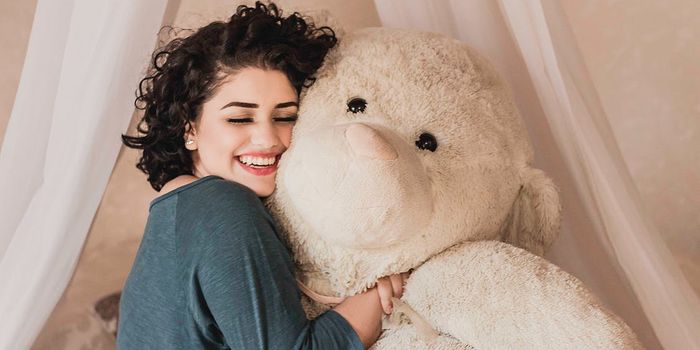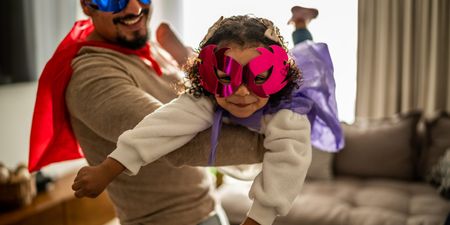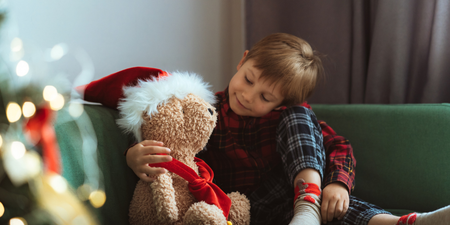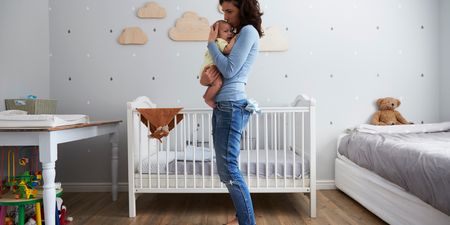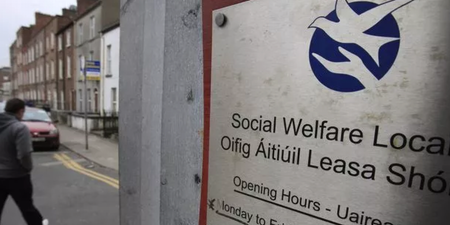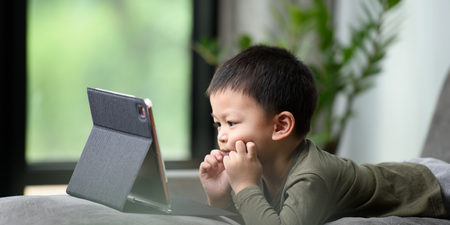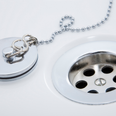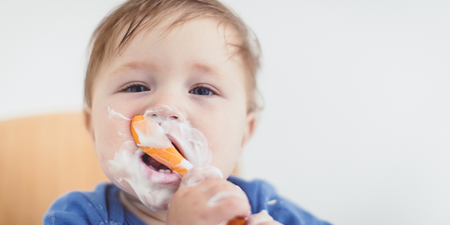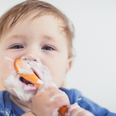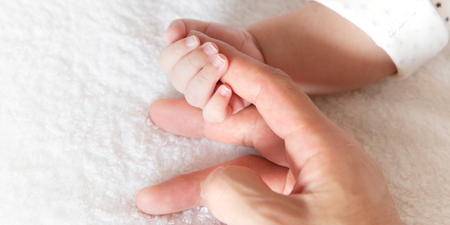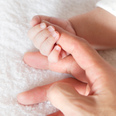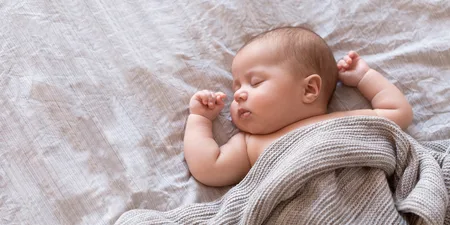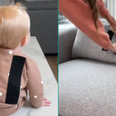Do you still have your childhood teddy?
I’ve kept a few toys from when I was a child and one is my teddy that I used to carry around everywhere.
Where does this teddy live? On my bed of course, and according to a recent survey I’m far from the only adult still snuggling up with her childhood teddy.

New research reveals that almost 7 million Brits still sleep with a teddy bear and a further 14 million still own their childhood soft toy.
The biggest age group to still sleep with a teddy bear is 18-24-year-olds (1.9 million adults).
Comparatively, there are just under 300,000 over 65s who sleep with a soft toy, which is 0.43 per cent of the population.

Although the youngest adults are the most likely to be sleeping with a childhood toy, older generations are more likely to own but not sleep with theirs.
The 25-34 and 45-54 age groups are the most common owners of their old teddy bears, both contributing to 4.54 per cent (or over 3 million) of the population.
The survey also found that women are more likely than men to still sleep with or own a childhood teddy bear (just under 13 million women still own or sleep with a soft toy, compared to just over 7.3 million males).

To better understand these results, Environmental Psychologist and Wellbeing Consultant, Lee Chambers explains why some adults choose to keep sleeping with a soft toy;
“As a society, we tend to picture children sleeping with soft toys, blankets and other comforting items, but rarely consider that as adults, many of us still use comfort objects as part of our sleeping rituals.
“These comfort objects can help us to soothe ourselves if we are feeling anxious. They are a familiar item that has often been on a journey with you and can make you feel less isolated. We are emotionally attached to these objects, and they can provide stability in challenging times. And in a world that is increasingly fast-moving and a culture that is increasingly disposable, this unique object feels like slowing down, something special to you and something safe and reliable.
“There might be a stigma attached to using comfort objects as an adult, and in many ways, it is completely normal. As we become more independent, we usually lose attachment to these items, but even as adults, we can use them to bolster our emotional and mental wellbeing, especially in times of transition or loneliness. It is often highlighted that using a comfort object is a healthier coping mechanism than alcohol or drugs when we need to soothe ourselves, but is a challenge when it comes between you and seeking comfort from others, if it’s consuming hiding it or it’s stopping you from sleeping without it.
“Our attachment to comfort objects such as teddies and blankets often comes from the fact that they often, when we are younger, offer us the feeling of somebody being with us when we are in our bed. It becomes an object that can make us feel less anxious and isolated, therefore creating a feeling of comfort. This security is powerful in times we feel under threat or when things are changing. They can also be physically comforting, soft and pliable, for being hugged and feel gentle on our skin.”
So there you have it. If you’ve still held on to your favourite teddy you’re far from alone and it’s actually good for your emotional wellbeing.
